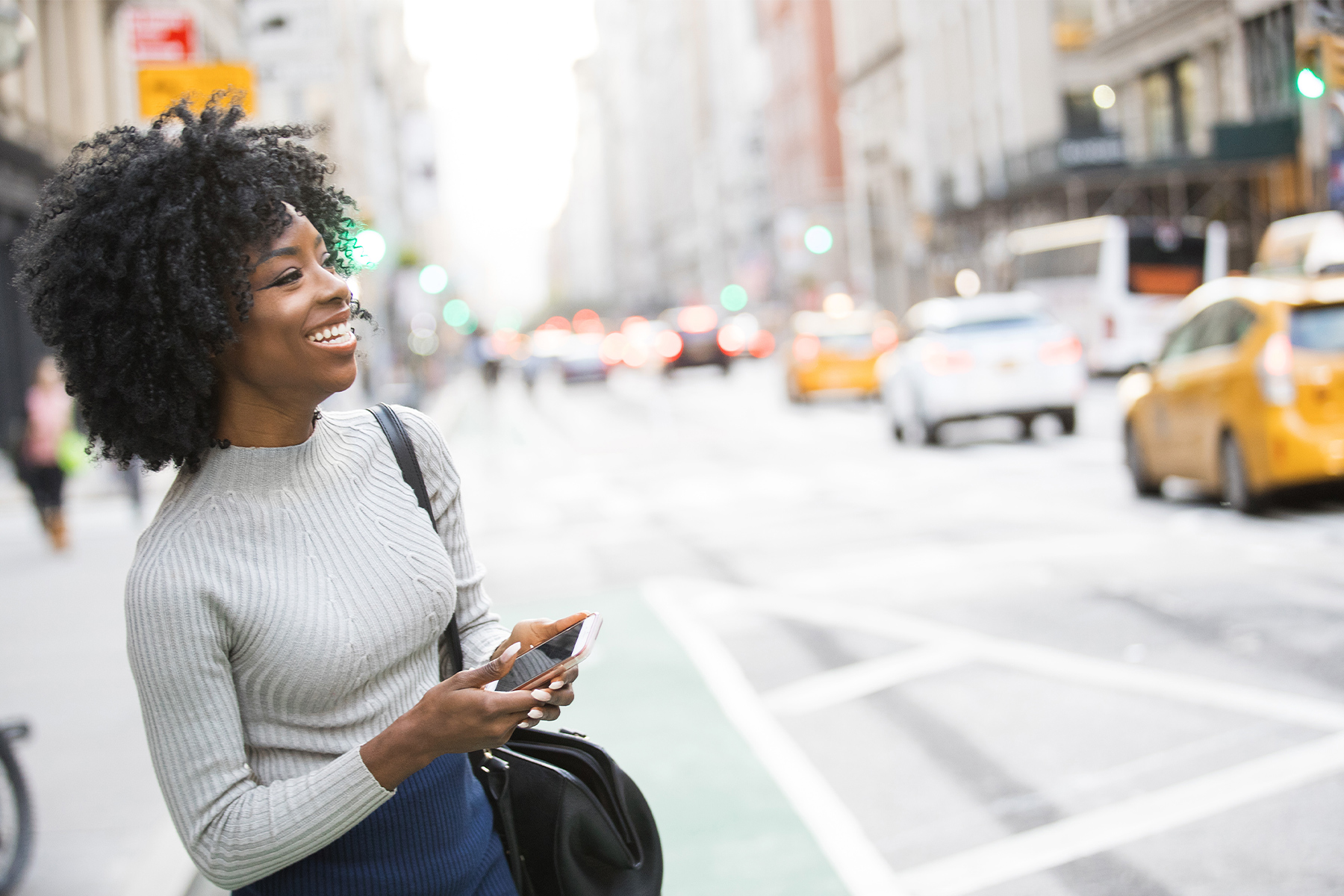Since Aug. 20, when Uber’s plan to bring its second-largest hub to Dallas became official, the news has been met with both excitement and skepticism. The ride-hailing company says it will move 3,000 employees to new Deep Ellum digs by the end of 2022, and tells The Dallas Morning News that it’s confident the average salary of those jobs will hit six digits.
On Friday, CEO Dara Khosrowshahi was in town for a grand opening of the new hub, flanked by Mayor Eric Johnson and Gov. Greg Abbott and County Judge Clay Jenkins. He said his company’s long-standing partnership with Texas spurred its move to Dallas, as did an assessment of Dallas’ “spirit of building and innovating.” Johnson called the day “a testament to just how far this great city has come and how much farther we can go.”
The employment numbers at face value represent a tremendous win for the city, particularly considering the Toyotas and the McKessons of the world—some of the area’s most notable and largest corporate relocations of the last three years—have made camp in suburbia. But some have noted the steady and hard-to-ignore stream of bad news and bad numbers regarding Uber’s business model.
By now, the problems are well documented. Under former CEO Travis Kalanick, the company aggressively scaled with the belief that being the first and biggest rideshare company would come with major benefits. But a decade since it launched, profitability remains a pipe dream.
Uber anticipated that it could bully out competition and establish technology that set it apart. In reality, the industry has turned out to have a low barrier to entry, with the tech that directs drivers and riders proving easy to duplicate. Lyft hasn’t gone anywhere, and investors have been more than willing to put money behind new competitors. Beijing-based DiDi; Jakarta, Indonesia-based Gojek; and Singapore-based Grab have all made strides in foreign markets. On a smaller scale here in Dallas, Alto raised $14.5 million to launch. It has differentiated with a higher-end, semi-subscription-based model where the drivers are employed, the cars owned, and the music and level of conversation controllable via its app.
Uber has heavily subsidized rides from the beginning to improve market share and make us all happy, because cheap rides are great. The company has squeezed drivers to close the gap, but respected minds are beginning to question the end game. The company’s first two public earnings reports since its May IPO have only raised investor anxieties. Uber lost an incredible $5 billion during the second quarter of the year. At a small gathering at his house in Silicon Valley reported on by Barron’s, Oracle co-founder Larry Ellison apparently told guests the company has “nothing. No technology. And no loyalty.”
Expansions into new lines of business, such as food and freight, have helped. Uber Eats revenue was up 72 percent year-over-year at second quarter earnings in August, compared to just 1 percent for the company’s rideshare business. And there’s massive potential in autonomous driving; the rideshare model works beautifully if you don’t have to pay drivers. But we’ll have to wait and see whether the great promises of driverless cars come to fruition. Wall Street seems to be skeptical.
Although there are plenty of alarm bells, Uber has its believers, too. In September, Barclays’ Equity Research team chimed in with an analysis it titled, “Not Yet The End Of The Ride-Hailing Road.” In its Q2 analysis, the team even urged risk-takers to give investment a whirl, writing that “looking closely under the scorched-earth rubble, there are actually some positive things going on.” It says the business fundamentals are better than investor sentiments would have us think.
What does it all mean? In Uber, Dallas has a big-name company that will bring many more bodies and wallets to the city’s center. But in the incentive-laden deal to bring it here ($36 million in total from the city, county, and state), there’s also risk we get a taste of boom-and-bust Silicon Valley.





